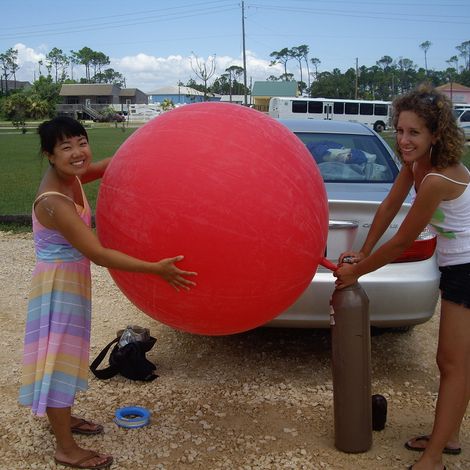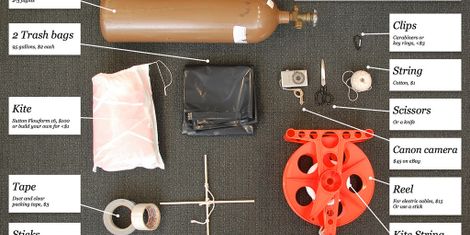Grassroots Mapping



Grassroots Mapping (grassrootsmapping.org) is a series of participatory mapping projects involving communities in cartographic dispute. This January, Jeffrey Warren of the Center for Future Civic Media worked with a series of organizations and communities to produce maps with children and adults from several communities in Lima, including the Cantagallo settlement of Shipibo on the bank of the Rimac and the Juan Pablo II community in Villa El Salvador. (Read more at http://grassrootsmapping.org/tag/lima)
Seeking to invert the traditional power structure of cartography, we used helium balloons and kites to loft our own "community satellites" made with inexpensive digital cameras. The resulting images, which are owned by the residents, are georeferenced and stitched into maps which are 100x higher resolution that those offered by Google, at extremely low cost. In some cases these maps may be used to support residents' claims to land title. By creating open-source tools to include everyday people in exploring and defining their own geography, we hope to enable a diverse set of alternative agendas and practices, and to emphasize the fundamentally narrative and subjective aspects of mapping over its use as a medium of control.
We're currently starting to collaborate with a group of environmental activists in West Virginia, who are protesting mountaintop mining operations. They need to be able to map the environmental damage and health hazards with aerial photographs, but can't afford planes or satellite imagery. We propose building a cheap UAV based on tools developed by the DIYDrones.com community (several of them have agreed to help us) and have recruited 2 MIT researchers with UAV control system experience. We will be using an ArduPilot Arudino-based autopilot and a $73 remote control airplane with a $50 canon digital camera. But we also need support to travel to West Virginia with the equipment and work with Jen Osha of AuroraLights.org and other local activists to perform the flights and make sure they know how to continue flying.
Going even further, we're collaborating with Nadya Peek of the Center for Bits and Atoms to develop a simple plane design to be built by activists and hobbyists at even lower cost. Nadya has created simple techniques to use household materials like potato starch and vinegar, or protein shake powder and natural jute fiber to make non-toxic, biodegradable composites. The resulting fiberglass-like material is ideal for cheap and lightweight planes, and its ecological composition fits well with our agenda of high-tech but sustainable practices.
This is an exciting opportunity to repurpose a military technology (UAVs) to support grassroots activism in a community in need, as well as a chance to get DIY electronics enthusiasts involved in environmental advocacy where traditional academics and researchers cannot or will not. We are already organizing workshops in different communities to teach folks how to make their own balloon-based 'satellites' and would love to be able to teach people to make DIY-UAVs as well.
http://wiki.grassrootsmapping.org/show/GrassrootsMappingCoalRiver